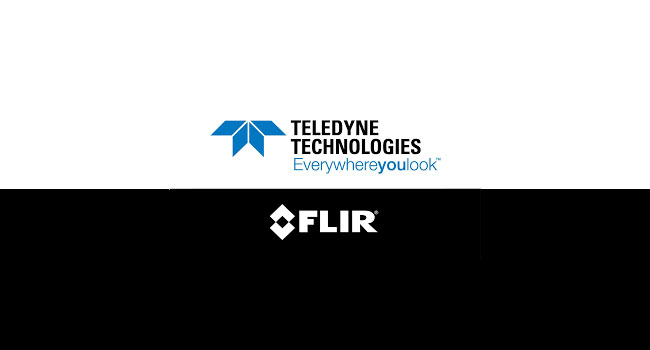
Teledyne to Acquire FLIR Systems; $8 Billion Cash-and-Stock Deal
Electronic sensor technology maker Teledyne Technologies has agreed to buy FLIR Systems, best known for its thermal image technology and a hardware provider. The acquisition is a reported cash-and-stock deal valued at approximately $8 billion.
Under terms of the agreement, FLIR shareholders will receive $28 a share in cash and 0.0718 a share of Teledyne common stock for each FLIR share, implying a total purchase price of $56 per FLIR share based on Teledyne’s five-day volume weighted average price as of Dec. 31.
The transaction reflects a 40% premium for FLIR stockholders based on FLIR’s 30-day volume weighted average price as of Dec. 31, the companies said. Shares of FLIR were up 20.19% at $52.68 in trading on Monday.
As part of the transaction, Teledyne has arranged a $4.5 billion, 364-day credit commitment to fund the transaction and refinance certain existing debt. Teledyne expects to fund the transaction with permanent financing prior to closing.
“At the core of both our companies is proprietary sensor technologies. Our business models are also similar: we each provide sensors, cameras and sensor systems to our customers. However, our technologies and products are uniquely complementary with minimal overlap, having imaging sensors based on different semiconductor technologies for different wavelengths,” said Robert Mehradian, Teledyne Executive Chairman, in a prepared statement.
Teledyne said it expects the acquisition to be immediately accretive to earnings, excluding transaction costs and intangible asset amortization, and accretive to GAAP earnings in the first full calendar year following the acquisition.
The transaction, which has been approved by the boards of both companies, is expected to close in the middle of 2021 subject to the receipt of required regulatory approvals.
Sales of Wilsonville, OR-based FLIR's thermal cameras have surged in response to companies' concerns about the coronavirus pandemic. While its thermal cameras cannot detect or diagnose any type of medical condition, they can identify elevated skin temperatures through non-contact temperature monitoring.